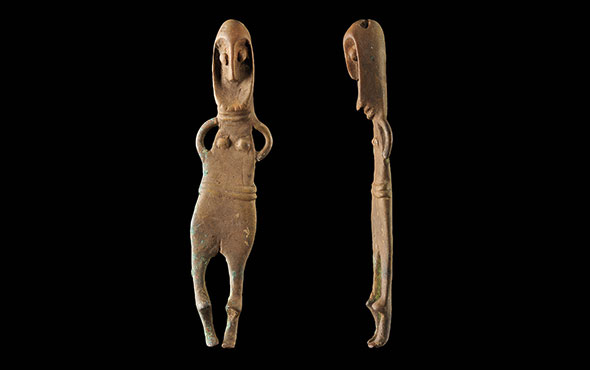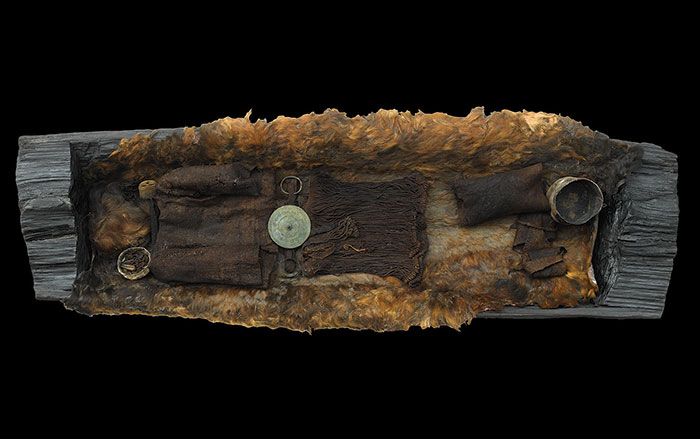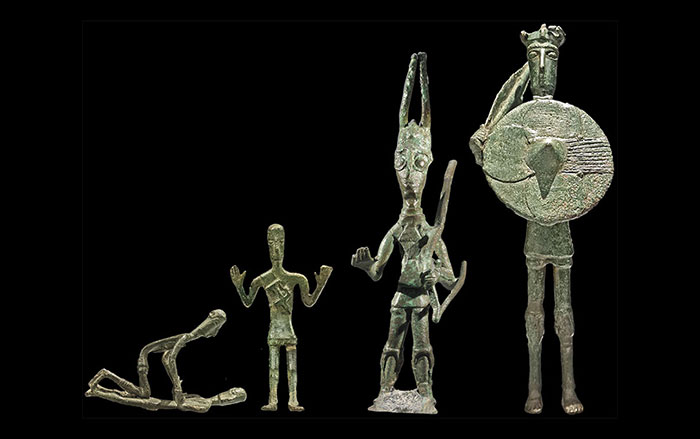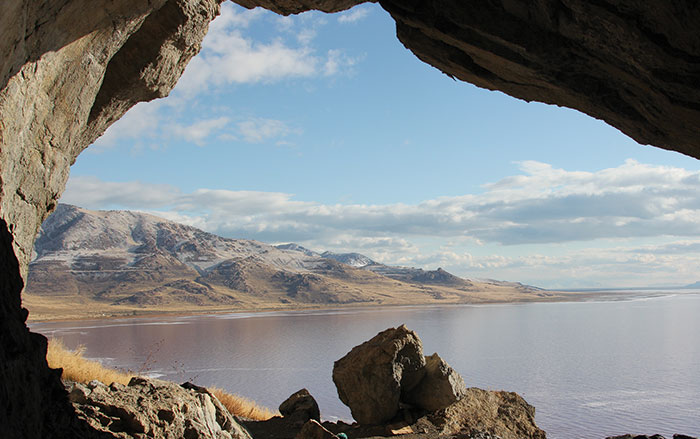MECKLENBURG-WEST POMERANIA, GERMANY—According to a report in The Times, new genetic and chemical analyses of an estimated 145 sets of human remains unearthed in what had been thought to be a Bronze Age battlefield in northern Germany’s Tollense River Valley suggest that the dead were not members of a local army, but had come from many different regions. In addition, few of the individuals shared kinship ties. Wear and tear on the bones of the lower body also shows that some of the dead had been used to carrying heavy loads. “The picture that is emerging does not necessarily correspond to the picture of a warrior, but rather to the picture of people who spent their lives transporting things,” said Detlef Jantzen, chief archaeologist for the state of Mecklenburg-West Pomerania. The remains of women have also been found among the bones, in addition to gold rings, cylinders made of bronze, and glass beads from Egypt and Mesopotamia. Jantzen and his team think the site could be the remains of a large caravan of merchants who were attacked by raiders. “These are luxury goods we have found here and they have a very long journey behind them,” he explained. For more on analysis of remains from this battle, go to "World Roundup: Germany."
Scientists Reevaluate Germany’s Bronze Age Battlefield
News October 26, 2020
Recommended Articles
Artifacts September/October 2022
Nordic Bronze Age Figurine

Letter from Woodhenge January/February 2021
Stonehenge's Continental Cousin
A 4,000-year-old ringed sanctuary reveals a German village’s surprising connections with Britain


Artifacts January/February 2026
Sardinian Bronze Figurines

-
Features September/October 2020
Walking Into New Worlds
Native traditions and novel discoveries tell the migration story of the ancestors of the Navajo and Apache
 (Courtesy Jack Ives/Apachean Origins Project)
(Courtesy Jack Ives/Apachean Origins Project) -
Letter from Alcatraz September/October 2020
Inside the Rock's Surprising History
Before it was an infamous prison, Fort Alcatraz played a key role defending the West Coast
 (Hans Blossey/Alamy Stock Photo)
(Hans Blossey/Alamy Stock Photo) -
Artifacts September/October 2020
Neolithic Fishhook
 (Svein V. Nielsen, Museum of Cultural History, University of Oslo)
(Svein V. Nielsen, Museum of Cultural History, University of Oslo) -
Digs & Discoveries September/October 2020
Siberian Island Enigma
 (Andrei Panin)
(Andrei Panin)



